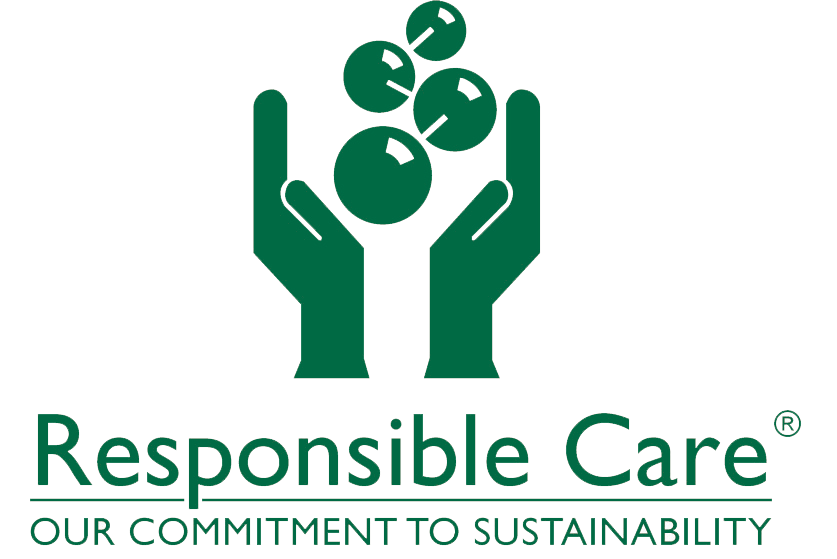Phosphonates degrade slowly in river water and sediment, and in soil. This ensures that any phosphate they contain will not contribute to rapid growth of algae which leads to eutrophication and the natural phenomena known as ‘algal bloom’.
A number of bacteria, yeasts and fungi have been shown to be able to break down phosphonates so they can access the carbon and phosphorus they contain. This tends to occur in natural systems where phosphorus is scarce.
Detergent phosphonates, in the form of metal complexes, are also broken down by various abiotic mechanisms including:
- Light (photo-degradation), the principal breakdown pathway in water and topsoil
- Oxidation catalysed by natural minerals and micro-nutrients such as copper, manganese and iron, which are common in the environment
- Free radical ions, which occur in soils, particularly in the presence of organic materials.
Around 80 to 97% of phosphonates in waste water are removed during sewage treatment. The phosphonates are removed from the sewage sludge in the same process that is used to treat organic matter in the sludge. Any phosphonates which do reach water tend to be adsorbed into sediments.



